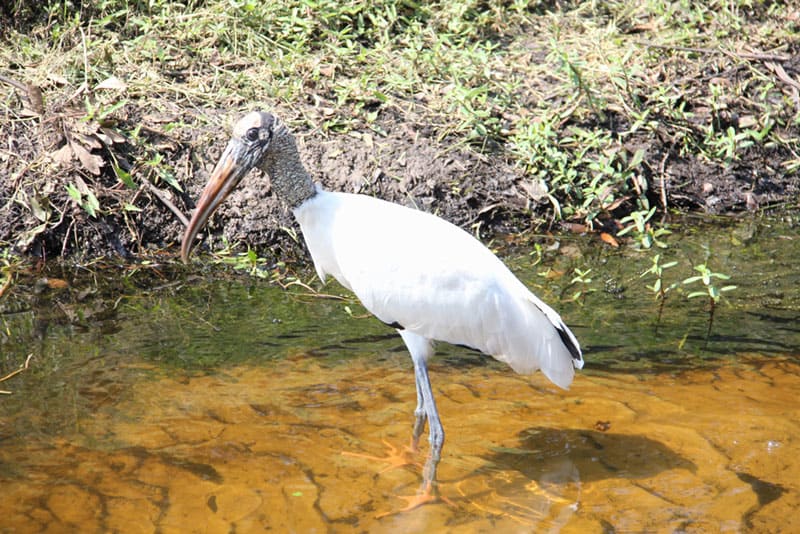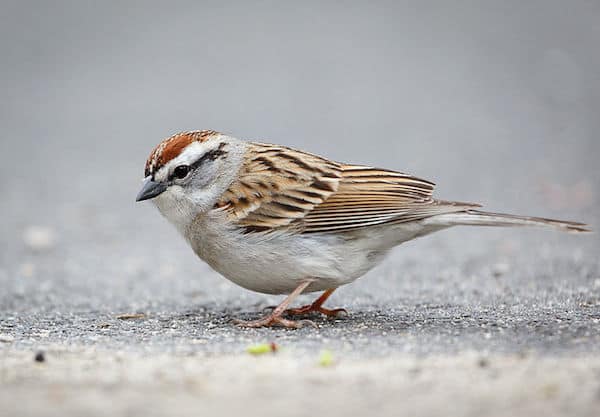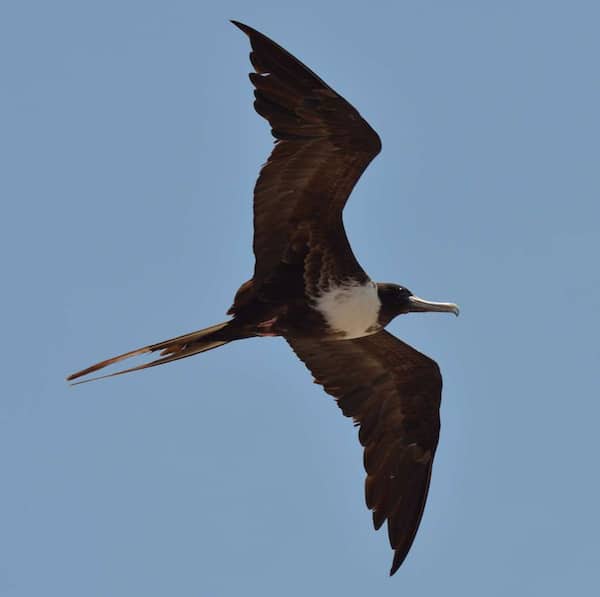Look For
Bohemian waxwings are about the size of European starlings—noticeably larger than cedar waxwings. Like their smaller cousins, they are grayish brown, wear a black mask, have wings with waxy red tips, and have waxy yellow-tipped tails. The wings of bohemian waxwings are even more colorful, though, with bold white wing bars and white and/or yellow edges on the primaries, giving the wings a scalloped or notched effect when the bird is perched. Bohemians have reddish undertail coverts, whereas the cedar’s are white, and bohemians lack a thin white line above the black facial mask
Listen for
Although bohemian waxwings have several distinct vocalizations, they do not have a true song. They don’t defend territory, so they don’t have a territorial song. But they do trill and whistle while feeding, roosting, and when in fight. Their courtship call is a trill, as is their basic call, a high, rapid, hissing trill, zir-r-r-r, rougher and lower in pitch than that of a cedar waxwing.
Find it
Bohemian waxwings nest from Hudson Bay to Northwestern Alaska and as far south as British Columbia, and on rare occasions, they turn up in the Lower 48 in summer. Their name comes from nomadic winter flocks. The species’ normal winter range spans the length of the United States–Canada border and south into high plains of the West. In some winters, flocks wander much farther south, and the species has been reported in southern California and southern Texas. Bohemian waxwings move to wherever fruit is ripe and abundant, especially in winter. Sometimes they mix with cedar waxwings or American robin flocks. The bohemian’s preferred breeding habitat includes open coniferous or mixed forests, recently burned areas, and near lakes, streams, and wetlands. Breeding sites are usually concentrated where fruit is abundant, especially near water. From fall through spring, the species can be found in a wide variety of habitats, as long as fruit-bearing trees and shrubs are present.
Feed it
Sugary fruits are bohemian waxwings’ favorite food, but they also eat insects, especially in summer. Sometimes they sally from perches, like flycatchers, to glean aerial insects near water. They also eat tree buds and oozing tree sap. In winter, hawthorns, grapes, rose hips, cranberries, and apples are important foods.
Nesting Behavior
The species is not territorial, and nests are often concentrated near food sources. They appear to be monogamous, although there is no data regarding whether pair bonds hold from year to year. A courtship ritual involves a male hopping towards a female, with crest and other feathers raised, making the bird look tall and round. A receptive female will ruffle her feathers in response. The male will then pass a food item or inedible object to the female, who will return it to the male. “Gift passing” can continue a dozen times or more and be repeated numerous times during courtship. Males feed their mates throughout the breeding season. Eggs are usually laid from mid-June through late July, but can be laid as early as late May. The nest is built by the female on horizontal limbs near the trunk of a tree, often spruce or pine, and usually from 3 to 16 feet above the ground. The well-camouflaged nests are made of twigs, lined with coarse grass and moss, then given a soft inner lining of grasses, plant fibers, cocoons, and down. Four to six pale blue or blue gray eggs, sparsely blotched at the larger end, are laid. Incubation, by the female only, begins after the last egg is laid and lasts about two weeks. The male delivers food to the female, and both parents regurgitate to feed the young. Nestlings fledge after 15 to 17 days but are barely able to fly.





Thanks for the clarification!